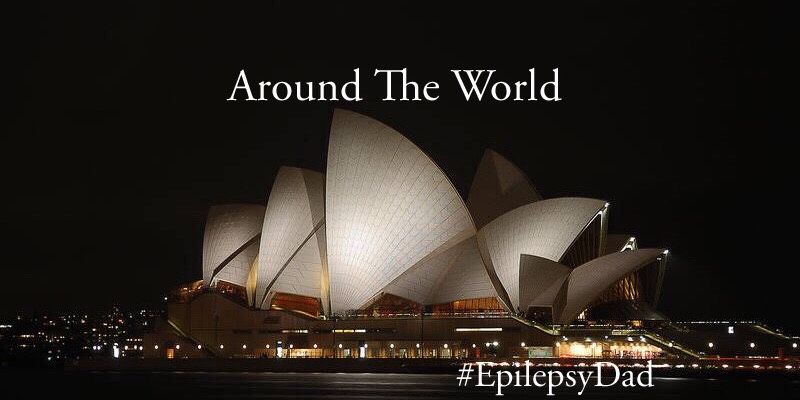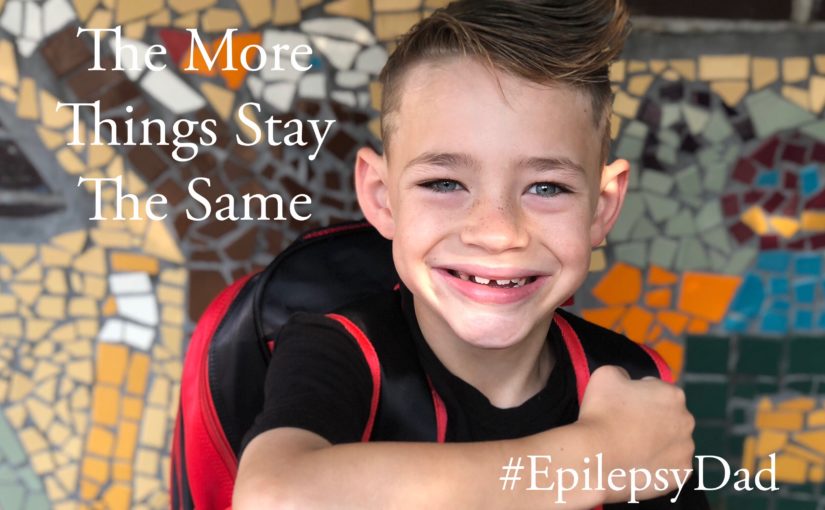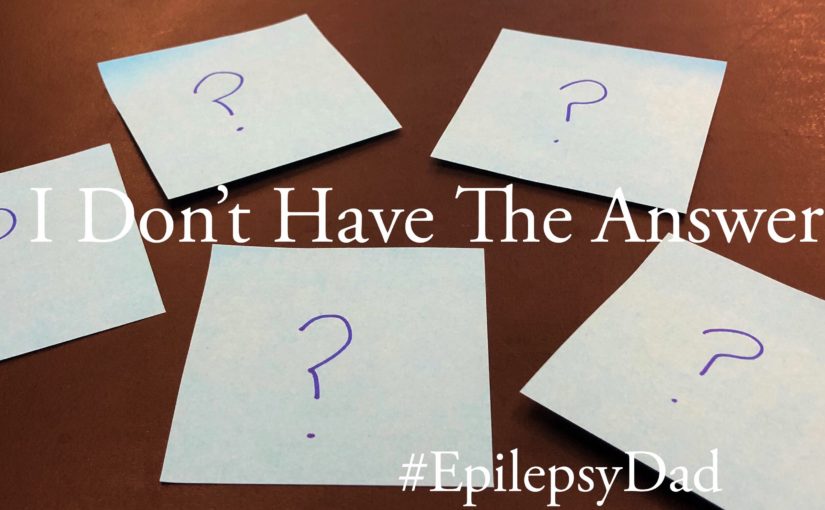I’ve always loved to travel. I lived in Germany when I was in the Army and I traveled to Japan and China in my single days. My wife and I honeymooned in Fiji and Australia. Almost as soon as we stepped foot back on American soil, I began looking for jobs in Sydney and Melbourne.
When my son was younger, he took French classes and we planned to start with Montreal before exploring France and then, ultimately, starting a second career working in kitchens across Europe as a chef.
Our move from Colorado to Philadelphia was part of that adventure. We left the relative safety of the whitewashed suburbs and moved to a diverse, gritty city and everything that brings with it. But as soon as we landed, my son started having seizures.
In a way, I’m grateful for the timing because we are within ten minutes of one of the top children’s hospitals in the country. The people in that building saved my son’s life and continue to care for him. But now I feel tethered to that place. If we go too far away for too long, his seizures snap us back, sometimes violently, into their care.
The daily seizures, the weekly doctor and therapy appointments, and the monthly medication refills make it impractical to look too far outside of our little bubble in the city. There isn’t a way to accommodate my son’s needs while chasing the dream of a life unbounded.
But I’m not resentful. As much as that might have been the life I wanted, this is the life I have. I wouldn’t trade that life for the moments I’ve had and the lessons I’ve learned in this one.
The dream of living in another part of the world seems so far away. But the reality is that we are exactly where we need to be.


